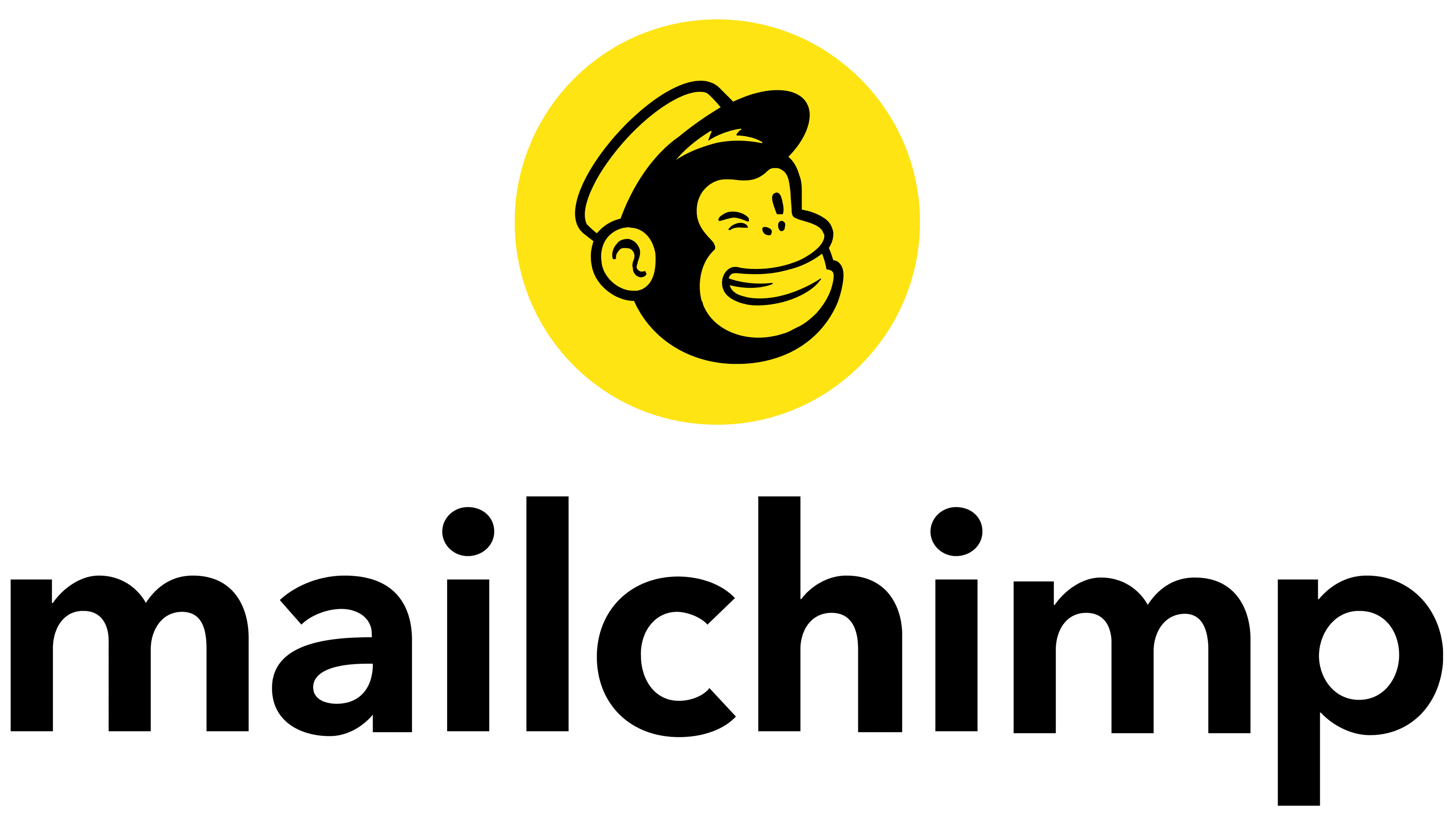Creating a newsletter is a powerful way to connect with your audience, share valuable content, and increase the visibility of your brand. Whether you’re a business, a non-profit organization, or an individual with a story to tell, a well-designed newsletter can be your ticket to effectively engaging with your community. In this guide, we’ll walk you through the key steps to create a newsletter that not only looks good but also resonates with your readers.
What Is a Newsletter?
Typically sent via email, newsletters are recurring publications that keep subscribers updated on news, events, and topics related to a specific subject or organization. They are a vital element of digital marketing strategies, but unlike direct promotional emails, they often include concise articles offering valuable insights into a company’s products, services, and ethos.
Newsletters are typically published weekly, monthly, or quarterly and help maintain communication with email subscribers. An effective newsletter aims to inform and engage subscribers, helping to convert potential customers into buyers.
Why Is a Newsletter Important?
A newsletter is more than just a method of communication; it’s a powerful tool for engaging and nurturing your audience. It bridges the gap between your brand and your consumers, providing a direct line to share valuable content. Here are the key benefits:
- Builds and strengthens customer relationships.
- Enhances brand awareness and loyalty.
- Drives website traffic and sales.
- Positions your brand as an industry thought leader.
- Provides a platform for personalized marketing.
- Increases audience engagement through tailored content.
- Offers measurable insights into customer preferences and behavior.
- Facilitates consistent communication with your audience.
- Encourages direct feedback from subscribers.
- Supports promotional and marketing efforts effectively.
11 Steps to Make a Newsletter
A newsletter that’s brimming with value and skillfully tailored to resonate with your audience can significantly contribute to both relationship-building and conversion rates. Bearing this in mind, let’s delve into the 11 essential steps to create an outstanding newsletter.
1. Determine Your Purpose
Start the process by thinking about the main goal of your newsletter. This step isn’t only about defining the content, but also about understanding the deeper intention behind your communication. Do you want to inform your readers about industry trends, educate them on specific topics, introduce and promote your products, or build an interactive and engaging relationship with your audience?
2. Define Your Target Audience
This step involves a thorough analysis of your intended readership. Delve into their demographics, interests, professional backgrounds, and what they seek in a newsletter. Are they looking for expert insights, industry news, practical tips, or exclusive offers? Understanding these nuances helps tailor your content to match their expectations and preferences, thereby increasing engagement and relevance.
3. Choose a Newsletter Platform
The platform you choose can greatly impact the effectiveness of your newsletter. Options like Mailchimp, Constant Contact, and Substack offer a range of features, but the key is to find one that resonates with your technical comfort and the specific needs of your campaign. Consider aspects like ease of template customization, analytics for tracking engagement, and overall user experience. The right platform should simplify your process and enhance your newsletter’s impact.
Take your marketing from meh to marvelous.
Give your email and digital marketing a glow up with our easy-to-use tools.
4. Build a Subscriber List
Building a list of subscribers is more than just collecting email addresses, it’s about inviting people to join a community where they can gain value. Utilize your website, social media, and other digital touchpoints to attract subscribers. Be mindful of privacy regulations and ensure your methods are compliant with laws like GDPR or the CAN-SPAM Act.
5. Design Your Newsletter Template
The design of your newsletter is crucial. It’s the first thing your readers will notice. Ensure that your template reflects your brand identity with consistent use of logos, colors, and fonts.
The layout should be clean, visually appealing, and mobile-friendly, as a significant portion of users will view it on their phones or tablets.
6. Plan Your Content Strategy
As you get yourself set up and begin to brainstorm content ideas, it’s best to come up with a content strategy as well. Consistency is the name of the game, so make sure you’re well-equipped when it comes to knowing how you’ll execute.
Here’s a quick breakdown of an effective strategy:
- Determine Frequency: Decide how often you’ll send your newsletter. Will it be weekly, monthly, or quarterly? Balance your ability to produce quality content with your audience’s appetite for information.
- Assess Audience Interests: Understand the varied interests of your audience. This will guide the diversity of your content.
- Select Content Types:
- Articles: Deep dive into relevant topics.
- Updates: Sharing the latest news or changes in your domain.
- Promotions: Highlighting new products or special offers.
- Insights: Offering unique perspectives or expert opinions.
- Develop an Editorial Calendar: Plan when each type of content will be featured. This helps in maintaining a balanced and varied content flow.
- Review and Adjust: Regularly evaluate the response to your content and adjust your strategy accordingly to keep your newsletter engaging and relevant.
7. Write Engaging Content
The heart of your newsletter is the content. Strive to create pieces that are not only informative but also engaging and thought-provoking. Plus, use a tone that speaks directly to your audience, and keep the language clear and concise.
Here are some commonly created types of content:
- Tutorials
- Interviews
- Reviews
- Insights
- Stories
- Updates
- Tips
- Surveys
8. Use Eye-Catching Headline
One of the most important parts of a good newsletter is its headlines. A well-crafted headline should grab your reader’s attention quickly and give them a good reason to keep reading. It’s not so much about showing off your writing chops as it is about connecting with your audience by focusing on what they like and need.
From that, make your headlines interesting and useful to draw readers to what they’ll find in the newsletter. This will help them see all the good things you want to share. Don’t forget that a headline is more important than just the title: it’s an offer to show people what they can get from your newsletter.
9. Include Visual Elements
A text-heavy newsletter can be daunting, and not everyone has the attention span of a Zen monk. So, break up the monotony with relevant and appealing visual elements like images, videos, infographics, or charts. These elements will make the newsletter more engaging and help with digesting complex ideas.
10. Add a Call-to-Action (CTA)
Many people fail to write a compelling call to action (if they write one at all).
At the end of each Newsletter, add a smooth transition to what the reader should do next: Visit your website? Read a detailed article? Or should they fill out a short survey about what they think about your brand? Either way, always include a CTA so you don’t miss the opportunity for someone to take the next steps for a potential conversion.
11. Test and Send
Before you send the newsletter, you should test it on different devices and email clients. This step is important to ensure that your newsletter looks good and works well no matter how and where it is viewed.
Fine-tune any elements if necessary to ensure a smooth and professional reader experience. You can always send the content to yourself (a separate email) and check how it looks to get the recipient’s perspective.
How to Measure the Success of Your Newsletter?
After putting in the effort to create and distribute your newsletter, it’s crucial to understand its impact. This understanding is key to refining your strategy for future newsletters. To effectively measure success, you should dive into the analytics provided by your email marketing platform. Here’s what to look for:
- Open Rate: This metric tells you how many people are actually opening your newsletter. A high open rate indicates that your subject lines are effective in catching attention.
- Click-Through Rate (CTR): CTR measures how many readers clicked on links within your newsletter. It’s a strong indicator of how engaging your content is and whether your calls-to-action (CTAs) are compelling.
- Conversion Rate: This is about how many readers took the desired action, such as making a purchase or signing up for an event. It directly reflects the effectiveness of your newsletter in driving tangible results.
- Overall Engagement: Look at metrics like time spent on the newsletter, interaction with interactive elements, and social shares. This gives a broader view of how your content resonates with the audience.
- Subscriber Growth: Track how your subscriber list is growing over time. This can indicate the health and appeal of your newsletter.
- Unsubscribe Rate: While it’s natural to lose some subscribers, a high unsubscribe rate can signal issues with content relevance or frequency.
Summing Up: The Essentials of Effective Newsletters
Content is king, and email campaigns have a massive ROI. So, it’s a no-brainer when it comes to creating a newsletter for your consumer base. Plus, a well-constructed newsletter serves as a critical tool in maintaining and enhancing your connection with your audience. It’s an opportunity to share valuable insights, updates, and offers while reinforcing your brand identity.
FAQs
Is it important to personalize your newsletter?
Yes, personalization can significantly increase engagement and relevance for the reader.
How often should you send out a newsletter?
This depends on your content and audience. Consistency is key, but avoid overwhelming your readers.
How can you grow your newsletter subscriber list?
Offer valuable content, use social media to promote sign-ups, and consider partnerships or promotions to reach a wider audience.







